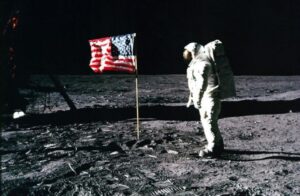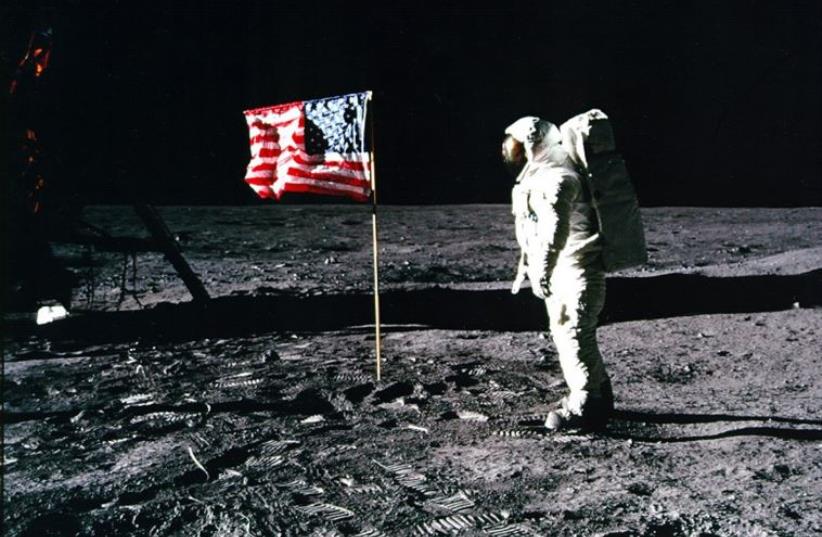Neil Armstrong became the first person to set foot on the moon eight years after Kennedy’s appeal to Congress.

On July 20, 1969, Apollo 11, also known as Eagle, landed on the moon with Neil Armstrong and Edwin Aldrin inside. About six-and-a-half hours later, Armstrong became the first person to walk on the moon.
The mission to get people to the moon began in 1961 when then-president John F. Kennedy spoke to Congress.
“I believe this nation should commit itself to achieving the goal, before this decade is out, of landing a man on the moon and returning him safely to Earth.”
Then-US president John F. Kennedy
Kennedy didn’t live to see the moon landing, but his prediction was correct as the moon landing ended up happening five months before 1970.
The journey to the moon

Five years later, NASA conducted the Apollo mission that tested the structural integrity of the launch vehicle and spacecraft combination.
In 1968, after being set back a year earlier with a fire that broke out during a manned launch-pad test that killed three astronauts, Apollo 7 was successfully completed when the manned spacecraft orbited Earth and conducted tests for the moon landing.
Over the next year, missions Apollo 8-10 completed more tests in preparation of the planned moon landing.
On the day of the landing, a television camera attached to the craft recorded the astronauts’ progress for Earth to watch as people stepped on the moon for the first time.
At 10:56 p.m., Armstrong stepped onto the moon and uttered his now-famous statement: “That’s one small step for man, one giant leap for mankind.”
Aldrin joined Armstrong 20 minutes later, and the two astronauts spent the night on the moon before heading back for Earth the next day.
Armstrong and Aldrin left behind an American flag, a patch honoring the Apollo 1 mission and a plaque that read, “here men from the planet Earth first set foot upon the moon. July 1969 AD. We came in peace for all mankind.”

